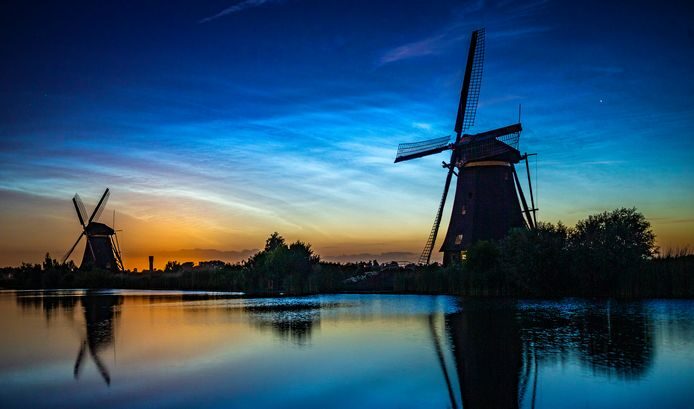
"As we have have passed Summer Solstice, the NLC season still has not started for me," laments Ruslan Merzlyakov, who usually photographs many NLCs from his home in Jutland, Denmark. "I made this new film to share my experience trying to photograph them."
NLCs are clouds of frosted meteor smoke. They form every year in summer when wisps of water vapor rise up to the edge of space. At altitudes greater than 80 km, the water crystallizes around disintegrated meteoroids, forming electric-blue structures visible in the night sky.
In recent years, bright NLCs have been sighted as far south as Spain and southern California. This year appears to be different; NLCs in 2023 are dimmer and less widespread than before.
What's going on? The solar cycle may be to blame. This year, the active sun is hitting Earth's upper atmosphere with lots of extreme ultraviolet radiation. These high energy photons make it harder for ice crystals to form in the mesosphere, thus suppressing NLCs.



Comment: Whatever is causing NLC's to be absent, there does indeed appear to be a significant shift occurring on our planet, and beyond: